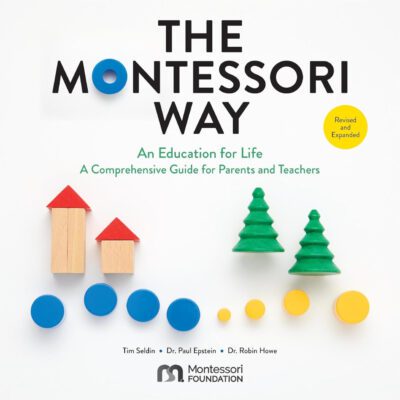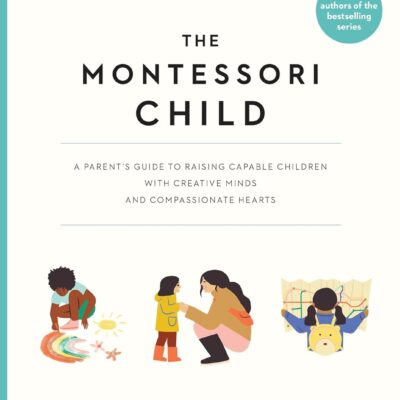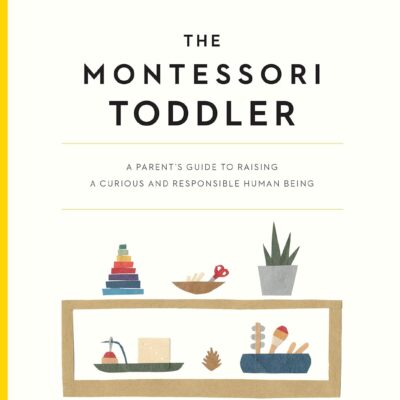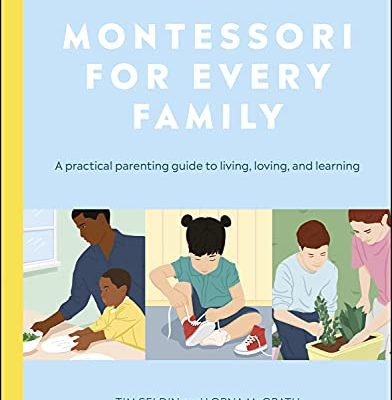
1907-2025 Welcome to the 119th Montessori School Year!
Recently, I read an opinion piece by Jordan McGillis, published in The Washington Post on August 18, 2025, titled “Why child care costs so much — and how to fix it”. It raised important points about the rising cost of child care in America and sparked me to reflect on this issue from a Montessori perspective.
Why All Child Care Is Expensive
High-quality child care is costly everywhere. Caring for young children is labor-intensive. There are no shortcuts when it comes to babies, toddlers, and very young children. A nurturing environment depends on adults who can give children their full attention.
Economists call this the “Baumol effect.” In most industries, productivity rises with technology—machines and software help people do more with less. But children still need the same love, guidance, and supervision they always have. That means labor costs remain high, and tuition rises as programs try to keep pace with wages in other fields.
Meanwhile, fewer Americans are pursuing careers in early childhood education. The pay is modest compared to other professions, even though the work is demanding and highly skilled. That shortage of willing caregivers drives up costs further.
The Limits of Subsidies
As McGillis pointed out in the Post, subsidies help parents but don’t reduce the underlying cost of child care. Instead, the cost shifts to taxpayers. Large-scale subsidies often come with heavy regulation: standardized curricula, rigid requirements, and compliance-driven oversight. While intended to ensure safety and accountability, these rules can make programs less flexible and less personal. They often don’t look much like Montessori, which thrives on individualized learning, freedom within limits, and respect for each child’s natural development.
Ideas That Could Help
The Washington Post opinion piece highlighted some ideas that are worth serious consideration:
-
Expand visa programs: The U.S. could allow more qualified caregivers from other countries—people who love working with children—to enter as au pairs, nannies, or early childhood teachers. This would expand the supply of caregivers and help families access more affordable options. Many Montessori schools already seek highly qualified teachers from Europe, Asia, and Latin America.
-
Rethink credential barriers: In some places, even those caring for toddlers must hold college degrees. Training matters, but overly rigid requirements drive good people away and raise costs unnecessarily.
-
Give families choices: Not every family wants or needs the same model of care. Allowing flexibility in program design—while still protecting children’s safety—would make space for Montessori and other approaches parents value.
Why the Investment Pays Off
These discussions matter because the first six years of life shape everything that follows. A child’s ability to focus, regulate emotions, build relationships, and love learning develops in these early years. The quality of those experiences pays dividends for a lifetime.
Choosing a high-quality early childhood program may feel like a heavy financial burden. But it is not just another bill—it’s an investment in your child’s future. And as the Post article emphasized, finding creative ways to expand the pool of caregivers and make child care more affordable can make this investment possible for more families.








